Expanded Shale - where to buy?
blsrx10
11 years ago
Related Stories

REMODELING GUIDESWhere to Splurge, Where to Save in Your Remodel
Learn how to balance your budget and set priorities to get the home features you want with the least compromise
Full Story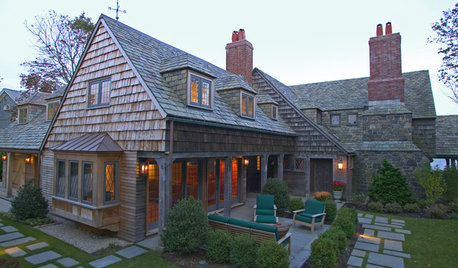
REMODELING GUIDESAdding On: 10 Ways to Expand Your House Out and Up
A new addition can connect you to the yard, raise the roof, bring in light or make a statement. Which style is for you?
Full Story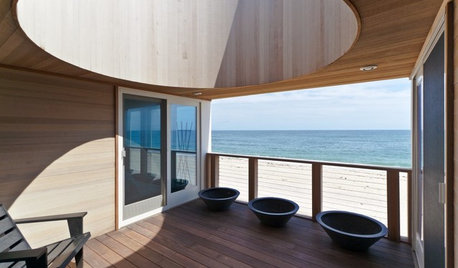
MODERN ARCHITECTUREPrefab Homes Expand Modern Design's Reach
A new book shows how innovative modules are giving homeowners more modern options than ever
Full Story
BEFORE AND AFTERSBasement of the Week: Expanded Living Space on a Budget
Cost consciousness matches style savvy in this downstairs Massachusetts family room with guest quarters and a laundry room
Full Story
MOST POPULAR9 Reasons to Buy a Painting
No print or poster can rival the power of an original painting, chosen by you, for where you live
Full Story
HOMES AROUND THE WORLDWorld of Design: 11 Book Lovers and Where They Like to Read
Bibliophiles across the globe reveal their top books and favorite reading spots, from a 2-story library to an artfully curated book nook
Full Story
THE HARDWORKING HOMEWhere to Put the Laundry Room
The Hardworking Home: We weigh the pros and cons of washing your clothes in the basement, kitchen, bathroom and more
Full Story
DECORATING GUIDESWhere to Embrace Custom Furnishings in Your Home
Upholstery, draperies, rugs and mirrors are a few of the items for which it makes sense to consider a custom option
Full Story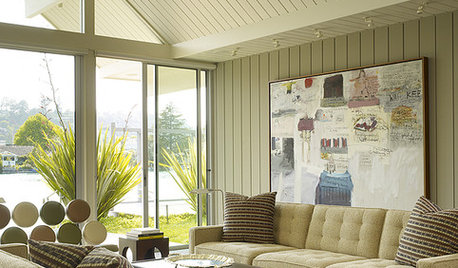
ARTCollect With Confidence: An Art-Buying Guide for Beginners
Don't let a lack of knowledge or limited funds keep you from the joy of owning art. This guide will put you on the collector's path
Full StorySponsored
Columbus Area's Luxury Design Build Firm | 17x Best of Houzz Winner!
More Discussions






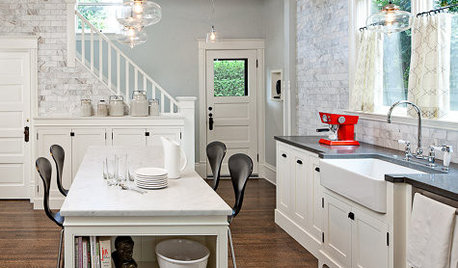
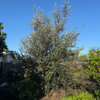

hoovb zone 9 sunset 23
JXBrown (Sunset 24, N San Diego County)
Related Professionals
Baltimore Landscape Architects & Landscape Designers · Carson Landscape Architects & Landscape Designers · Mitchellville Landscape Architects & Landscape Designers · Stamford Landscape Contractors · Arden-Arcade Landscape Contractors · Golden Gate Landscape Contractors · Melrose Park Landscape Contractors · North Haven Landscape Contractors · Ponte Vedra Beach Landscape Contractors · Riverview Landscape Contractors · Westford Landscape Contractors · East Norriton Landscape Contractors · Bakersfield Swimming Pool Builders · Boston Window Contractors · Clarksburg Window Contractorsblsrx10Original Author
calistoga_al ca 15 usda 9
janea
hoovb zone 9 sunset 23
JXBrown (Sunset 24, N San Diego County)
blsrx10Original Author
blsrx10Original Author
JXBrown (Sunset 24, N San Diego County)
hoovb zone 9 sunset 23